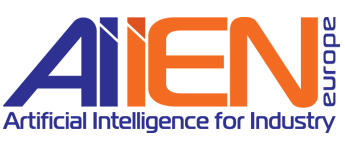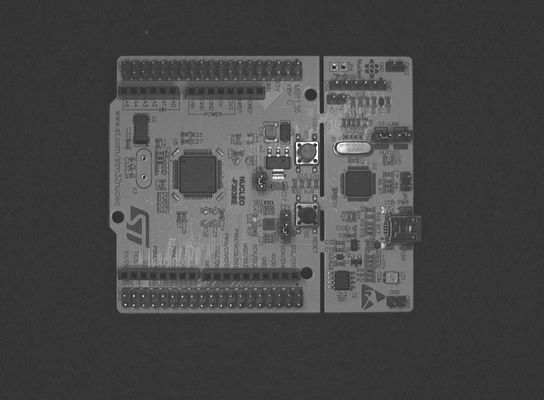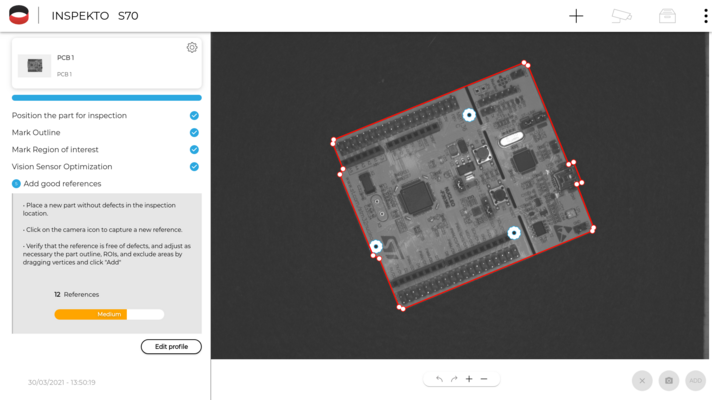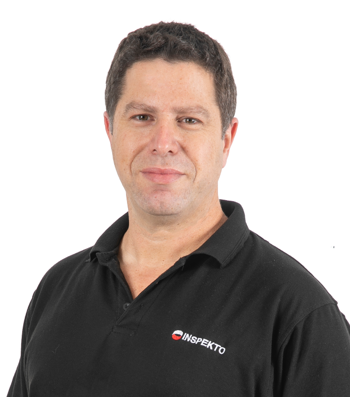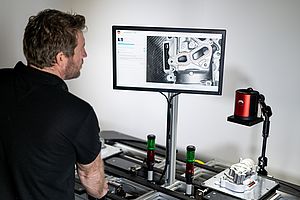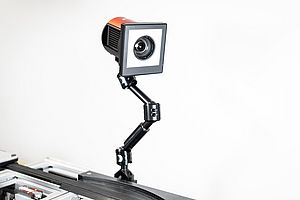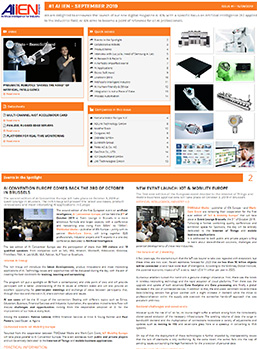The ever-increasing development pace and diversity of electronic appliances means increasing production challenges in the area of printed circuit boards assembly (PCBA), a complex process that involves numerous component suppliers, sophisticated assembly machines and manual labour. In addition, the miniaturisation and growing complexity of printed circuit boards (PCBs) and the derived assembly work add to the complexity of this phase. This makes quality assurance (QA) of the PCBA an invaluable step of the manufacturing process, yet a very challenging one. Ofer Nir, VP of Products & Marketing at autonomous visual inspection specialist Inspekto, explains how autonomous quality inspection can help.
To quote Leonardo da Vinci, “Details make perfection, and perfection is not a detail.” This is certainly true when it comes to the manufacturing and quality inspection of PCBAs, where a slight deviation in assembly can produce a significant performance problem in the final product, and microscopic particles require a suitable verification mechanism.
Growing demand for consumer electronics, as well as smart connected devices in industry 4.0, are leading to considerable growth in the global PCB market, which is expected to reach USD 86.17 billion by 2026. The market has also become more demanding, requiring boards that are made with higher accuracy and precision during the manufacturing process.
The quality and reliability of PCBAs directly impacts the efficiency and cost of production, as well as the functionality and reliability of end devices. In the highly competitive consumer electronics sector, in which production margins are key for survival, any decrease or increase in the production efficiency and cost has significant implications to the manufacturers. Reliability and performance are especially important in safety-critical sectors such as aerospace, automotive, defence and med-tech. For example, PCBs are a key component in the production of cochlear implants, pace makers and medical imaging equipment, where precision could be a matter of life or death.
Over the past decades, PCB manufacturers have also striven to produce smaller, increasingly complex boards. The higher-density placement of smaller components makes the design, manufacturing and assembly processes even more challenging. For these reasons, quality assurance (QA) is essential to ensuring that the transition from PCB design to manufacturing is mistake-free.
The need for inspection reliability and agility
Because of the high complexity of modern PCBAs, which incorporate a huge number of hardly-visible elements, manual inspection is not a reliable nor scalable QA method. Defects on tiny sub-components are difficult to see to begin with, and can become almost impossible to spot after an eight-hour shift. Moreover, even if inspectors manage to keep their focus unaltered throughout an entire shift, the amount of time needed to thoroughly examine a PCBA makes this method unviable.
For these reasons, automated visual quality inspection has long been sought-after to inspect PCBAs. Machine vision solutions have mitigated the core challenges of human inspectors — they are accurate, they do not tire, and they analyse huge amounts of small details. Machine vision seems ideal to detect common defects such as soldering errors, the absence or misplacement of key components and more.
However, traditional machine vision solutions struggle to keep up with PCB manufacturers’ need for flexible, yet accurate, QA. These conventional solutions, when used, generally involve the commissioning, design and integration of a customised project that relies on the constant services of a systems integrator or machine vision expert. The whole process can be extremely expensive and time-consuming, and the final solution will be fit to inspect only a specific type of PCBA. At best, these solutions can be a good fit for highly engineered, rigid assembly lines with extremely large production batches.
Moreover, another common attribute of PCBA lines is the constant change of the assembled module. In the current global supply-chain reality, components suppliers constantly change, and with them the appearance of the PCBA.
Given the dynamicity of the PCBA market — and its need for customisation, small-batch manufacturing and how frequently PCBA change — it’s easy to see why the fixity of traditional machine vision discourages many manufacturers from transitioning to automated QA.
Autonomy is the answer
Autonomous Machine Vision (AMV) has been created to overcome the shortcomings of traditional machine vision systems in terms of cost, complexity and flexibility. Unlike tailored projects, AMV systems are off-the-shelf products that come ready to inspect a wide variety of use cases. They can be deployed by the end-user without any expertise in machine vision or deep learning, and without the assistance of a systems integrator or machine vision expert. They only require a quick and easy set-up procedure and are ideal to inspect complex items such as PCBAs.
Users must simply present a PCBA to the system, trace the outline of the areas to inspect with a regular mouse, and then show the system a few sample items. In a short time, the system will be able to learn the gold standard for the PCBA.
Thanks to its proprietary artificial intelligence (AI) technology, AMV-AI™, the system will then be able to inspect items based on the tolerances and characteristics it self-learnt during the set-up procedure, to determine whether there are defects or assembly errors. There is no need for complex training, large amounts of data collection, or never-ending defects definition, annotation and labelling — these steps will be autonomously handled by the system’s AI.
This definitely simplifies QA for PCBA manufacturers, who can be safe in the knowledge that defects are spotted reliably in even the most complex assembly lines. Moreover, the amount of scrapped parts is drastically reduced, as the system learns and optimises the checks, allowing immediate response in the production line. Another benefit is that the QA of small batches will no longer be a problem, since AMV doesn’t require manufacturers to compromise between quality and customisation.
To compete on a global scale, PCBA manufacturers need to aim for nothing less than perfection. Autonomous QA can give manufacturers the competitive edge they need and ensure that PCBAs leave their facilities mistake-free — after all, as Leonardo da Vinci said, “Details make perfection.”
